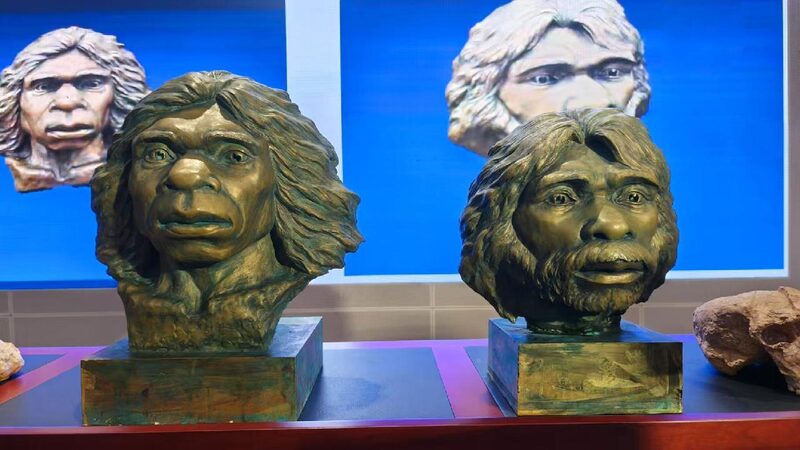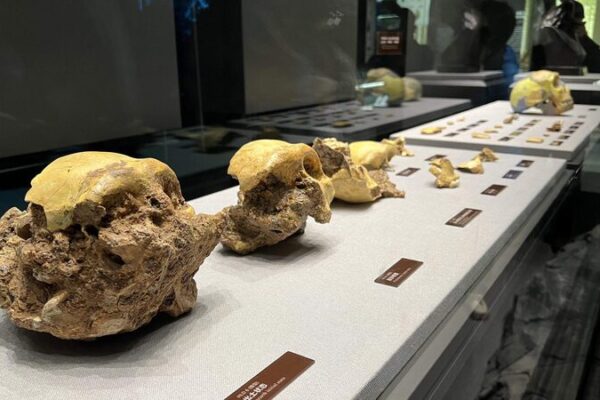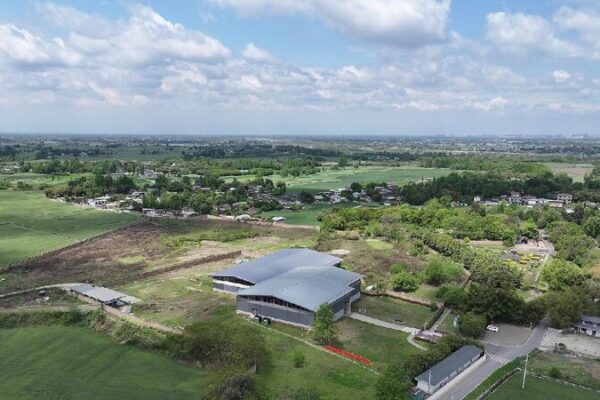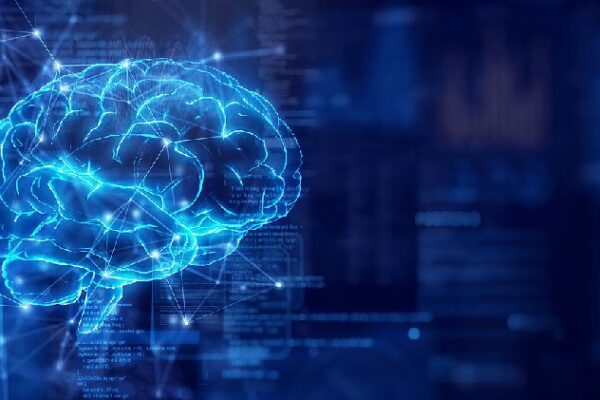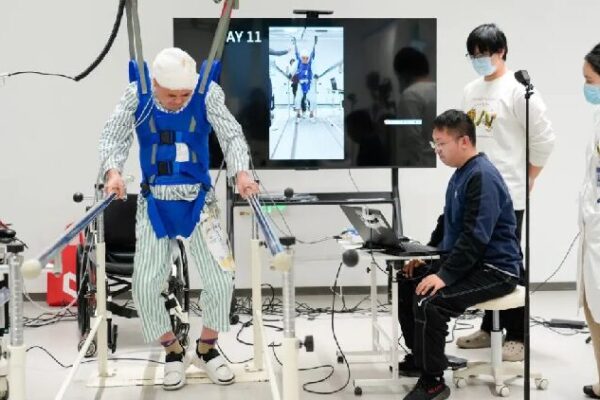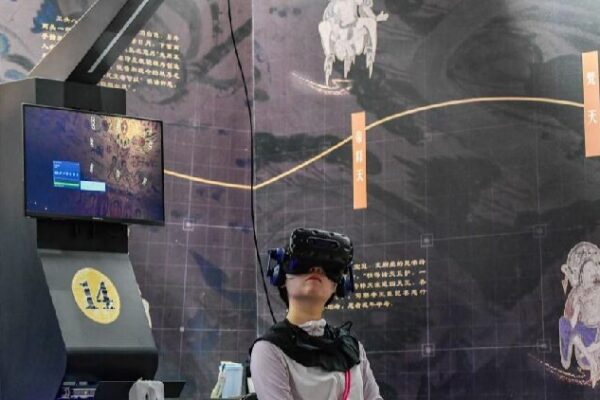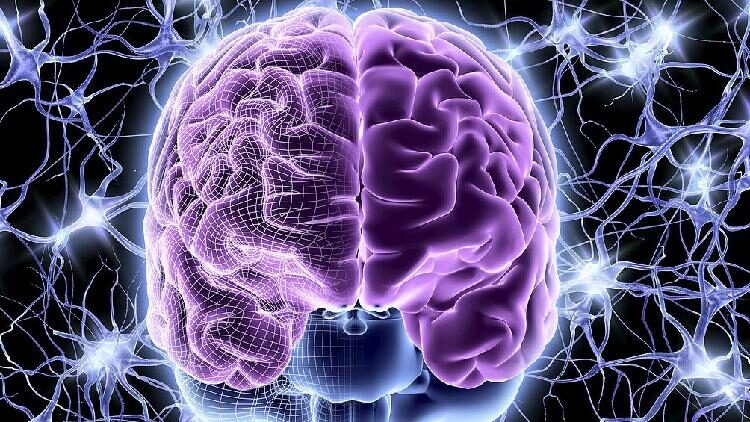China has unveiled the restored faces of two ancient human fossils known as “Yunxian Man,” offering a rare glimpse into the lives of our distant ancestors from around a million years ago.
The Hubei Provincial Museum revealed the reconstructed statues on Thursday. These represent a male and female Homo erectus whose fossilized skulls were discovered in Yun County, Hubei Province, in 1989 and 1990. Named after the location of their discovery, the “Yunxian Man” fossils are among the most complete of their era found in Eurasia.
Researchers estimate that the individuals were between 25 and 45 years old. Their brain volumes were determined to be approximately 1,094 and 1,152 milliliters, providing significant insights into the brain size of Homo erectus, an extinct species that may have been ancestors of modern humans.
A collaborative team from the Hubei Provincial Museum, Shanxi University, the Institute of Vertebrate Paleontology and Paleoanthropology, Wuhan University, and Beijing Union University worked meticulously to reconstruct the faces. Using high-precision industrial scanners, they created accurate models of the skulls. Techniques like sculpture, painting, and computer imaging helped restore facial features, including the eyes, nose, mouth, ears, skin, and hair.
“This restoration not only brings the ‘Yunxian Man’ back to life but also provides valuable information for the study of human evolution,” said a spokesperson from the museum.
The unveiling allows the public to connect with ancient human history and sparks curiosity about our origins. It’s a significant achievement in paleoanthropology and a proud moment for the scientific community.
Reference(s):
China restores appearance of million-year-old 'Yunxian Man' fossil
cgtn.com
